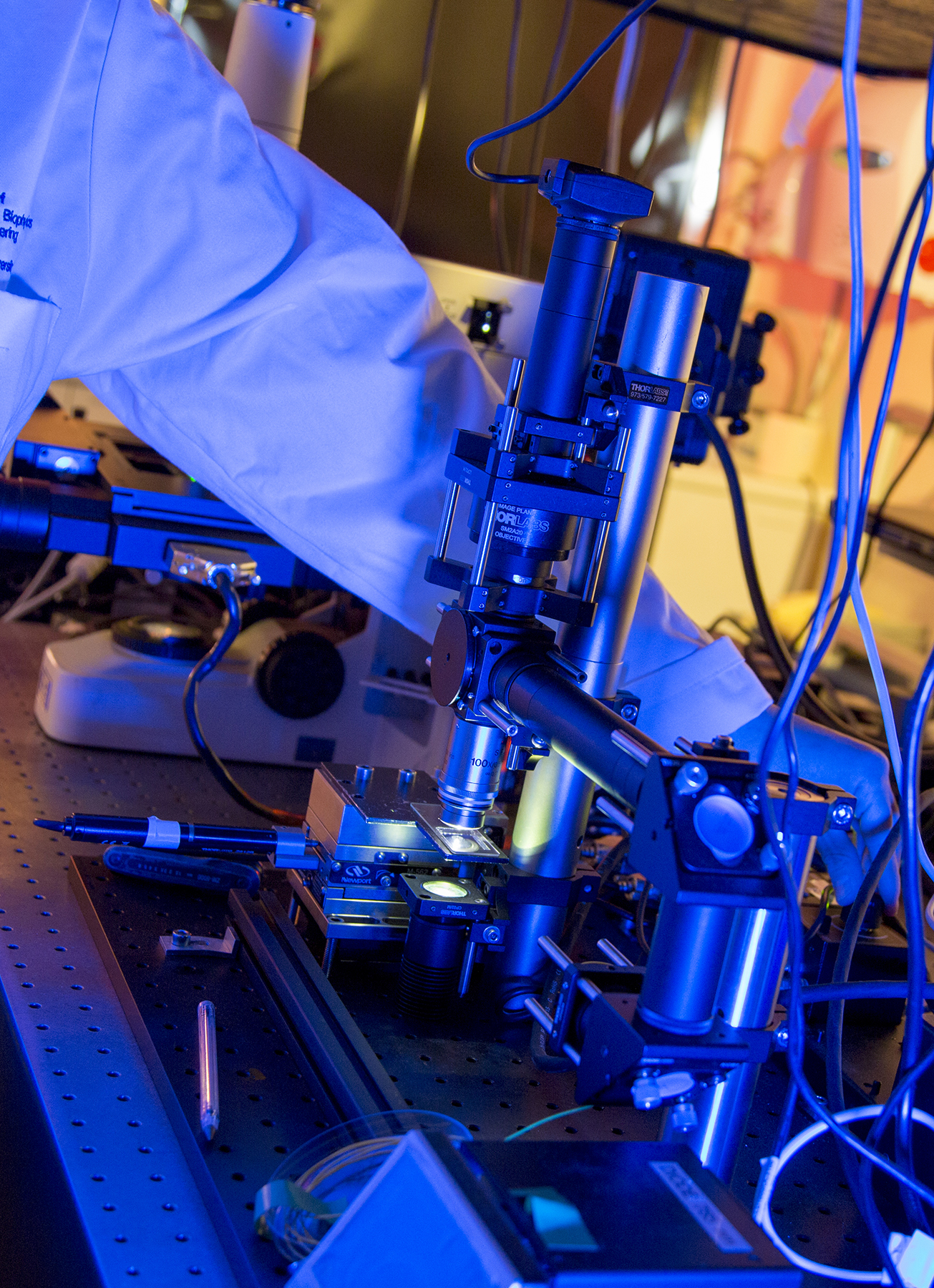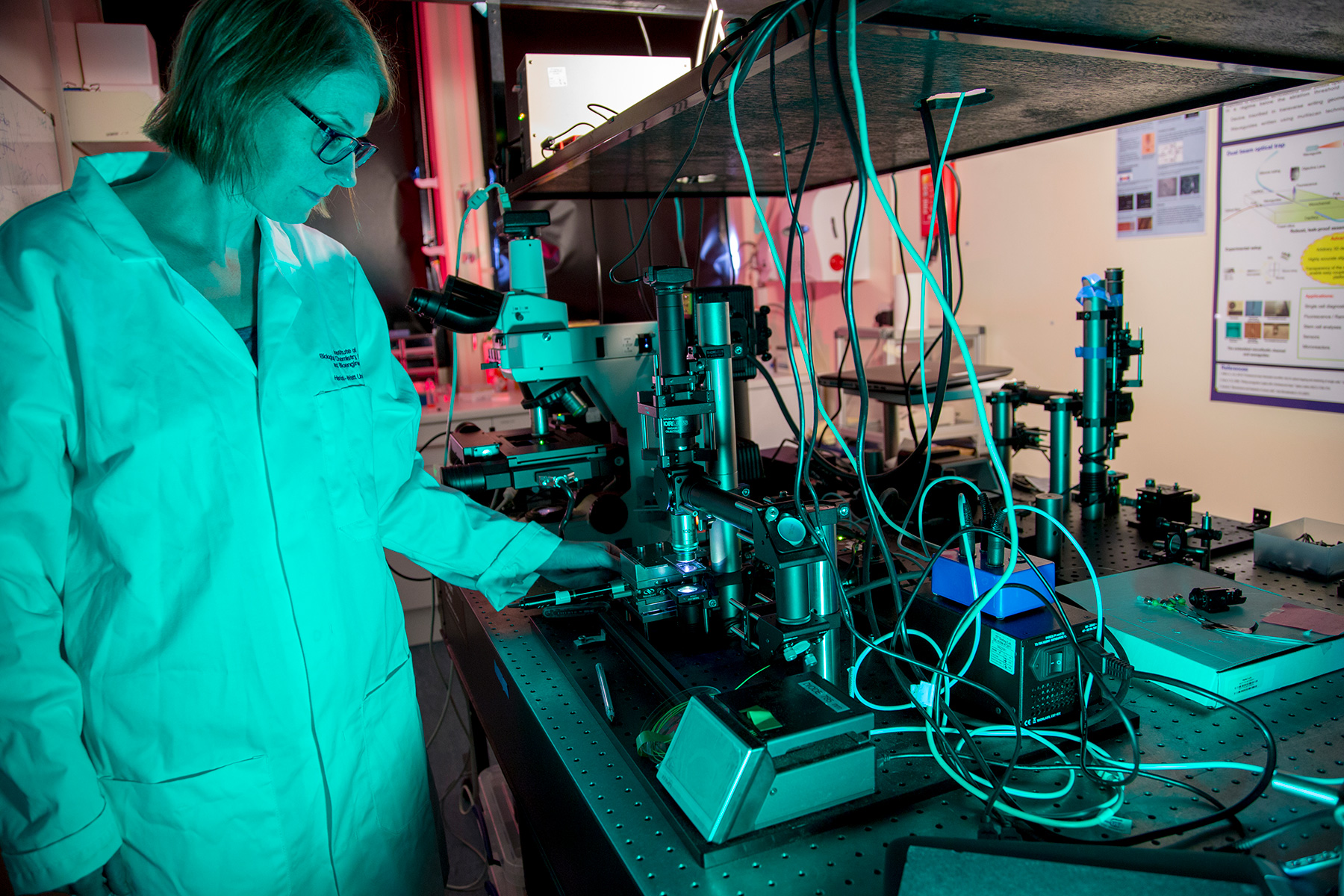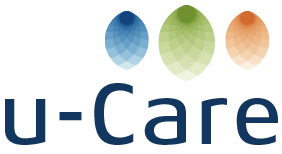New Tech
Deep UV light has the potential to transform the treatment of certain cancers and infections.
The remarkable properties of light have enabled many otherwise-impossible capabilities in medicine. In ophthalmology, for example, lasers are routinely used to perform surgery on the eye through corneal reshaping. This involves two different lasers. In the first step, a laser producing very short pulses of infrared light cuts a flap in the front surface of the eye to provide access. In the second step, another laser producing longer pulses of ultraviolet (UV) light sculpts the shape of the cornea to correct focusing errors. The flap is then folded back into place so that the cornea can heal.
The two very-different laser systems in that example illustrate an important point: the effects of light on human tissues are highly-dependent on the specific properties of both the light and the tissues involved. To sculpt the cornea, the laser wavelength of 193 nm is in the deep UV region of the electromagnetic spectrum, much shorter than the visible range (380-740 nm) we are familiar with. This is because (unlike visible light) it is very efficiently absorbed by the cornea, so that essentially all the energy of the light is deposited at the surface. Thus, only a very thin layer of tissue (a few microns thick) is removed, or “resected”, with each pulse of light, facilitating very-precise shaping of the cornea and accurate adjustment of its focusing properties.
193 nm light can be generated by an ArF excimer gas laser, a >40 year-old technology producing a poor-quality low-brightness beam of light. This is suitable for corneal reshaping, but not for a range of other important therapies requiring higher-quality deep UV beams. Unfortunately, alternative ways to generate such short wavelengths are non-trivial, resulting in complex and expensive laser systems not suitable for widespread clinical uptake.
u-Care aims to address this gap by exploiting cutting-edge techniques in laser physics. We will develop new sources of deep UV light which will be highly compact, robust and low cost. We will develop ways to deliver this light precisely to tissues, and work to understand in detail the biophysical mechanisms involved. Our efforts will focus on new therapies that target some of the biggest challenges facing medicine: cellular-precision cancer surgery, and the emergence of drug-resistant “super-bugs”.
u-Care will involve engineers and physical scientists working in close collaboration with clinicians and biomedical scientists to verify that the therapies we develop are effective and safe. By doing so in an integrated manner, we will drive our deep-UV light therapies towards healthcare impact and widespread use in the clinic by 2050.


Funding Bodies
EPSRC
UKRI
U-Care Institutions
Heriot-Watt University
University of Edinburgh
University of Bath
All detail is copyright © u-Care 2025 | Privacy & Cookies
